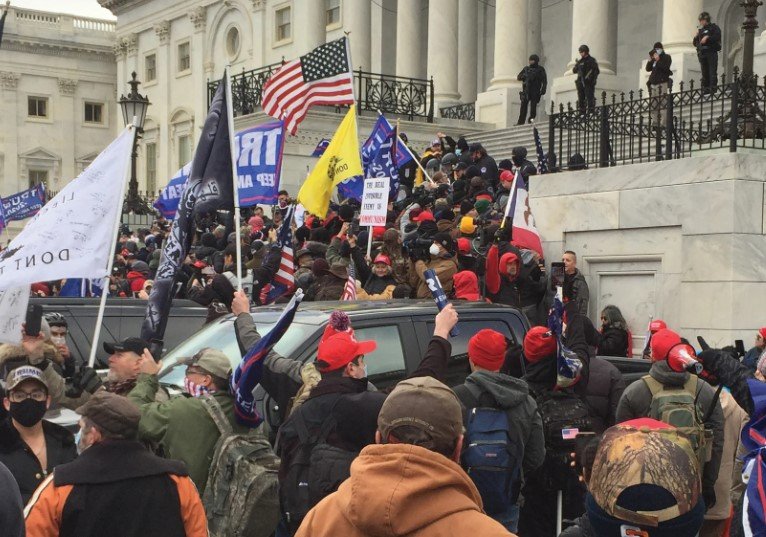As the 2024 US presidential election approaches, concerns about AI-generated disinformation are escalating. Deepfake videos and manipulated images are flooding social media, raising fears about their potential to mislead voters and influence election outcomes. With AI technology becoming more sophisticated, the challenge of distinguishing between real and fake content is growing, prompting calls for stricter regulations and increased vigilance.
The Rise of AI-Generated Disinformation
The proliferation of AI-generated disinformation has become a significant concern in the lead-up to the 2024 US presidential election. Deepfake videos, which use AI to create hyper-realistic but fake content, have been used to manipulate public perception of political figures. For instance, a deepfake video of Vice President Kamala Harris, shared by Elon Musk, falsely depicted her making derogatory remarks about President Joe Biden. Such content can easily deceive viewers, leading to misinformation and confusion.
AI-generated disinformation is not limited to videos. Manipulated images, such as a doctored photo of Donald Trump being arrested, have also circulated widely. These images are designed to provoke strong emotional reactions and exacerbate partisan tensions. The ease with which such content can be created and disseminated poses a significant threat to the integrity of the electoral process. As AI technology continues to advance, the potential for misuse in political contexts is likely to increase.

Researchers and tech experts are sounding the alarm about the dangers of AI-fueled disinformation. They warn that these tools can be used to create convincing false narratives that can sway public opinion and influence voter behavior. The challenge lies in developing effective strategies to detect and counteract such disinformation before it can cause harm. This requires collaboration between tech companies, policymakers, and the public to ensure that the democratic process is protected.
The Impact on Voter Trust
The spread of AI-generated disinformation has the potential to erode voter trust in the electoral process. When voters are exposed to false information, it can undermine their confidence in the legitimacy of the election and the candidates. This is particularly concerning in an already polarized political environment, where misinformation can deepen divisions and fuel distrust. Ensuring that voters have access to accurate and reliable information is crucial for maintaining the integrity of the democratic process.
One of the key challenges in combating AI-generated disinformation is the speed at which it can spread. Social media platforms, where much of this content is shared, can amplify false information rapidly, reaching millions of users in a short period. This makes it difficult for fact-checkers and authorities to keep up with the volume of disinformation and to correct false narratives before they take hold. The need for real-time monitoring and response mechanisms is more critical than ever.
Efforts to combat AI-generated disinformation must also address the role of social media companies. Many of these platforms have scaled back their content moderation efforts, making it easier for false information to proliferate. There is a growing call for these companies to take greater responsibility for the content shared on their platforms and to implement stronger safeguards against disinformation. This includes investing in AI tools that can detect and flag manipulated content before it spreads widely.
Strategies for Mitigating the Threat
Addressing the threat of AI-generated disinformation requires a multi-faceted approach. One of the most effective strategies is to increase public awareness about the existence and dangers of deepfakes and other forms of AI-generated content. Educating voters on how to recognize and critically evaluate the information they encounter can help reduce the impact of disinformation. Media literacy programs and public awareness campaigns are essential tools in this effort.
Another important strategy is to enhance the capabilities of AI detection tools. Researchers are developing advanced algorithms that can identify deepfakes and other manipulated content with greater accuracy. These tools can be integrated into social media platforms and other online services to automatically flag and remove disinformation. However, the development and deployment of these technologies must be accompanied by robust ethical guidelines to prevent misuse.
Policy measures are also crucial in the fight against AI-generated disinformation. Governments can implement regulations that require transparency in the creation and distribution of AI-generated content. This includes labeling requirements for deepfakes and other manipulated media, so that viewers are aware of their artificial nature. Additionally, legal frameworks can be established to hold individuals and organizations accountable for creating and disseminating disinformation.
